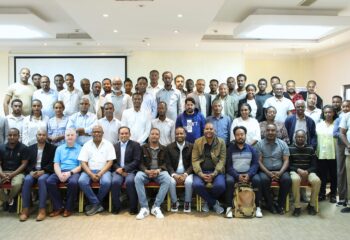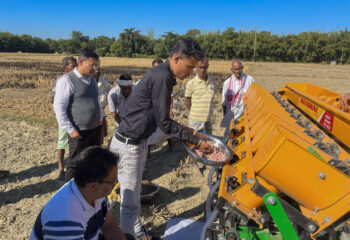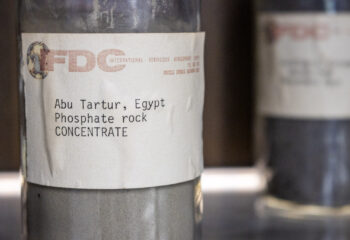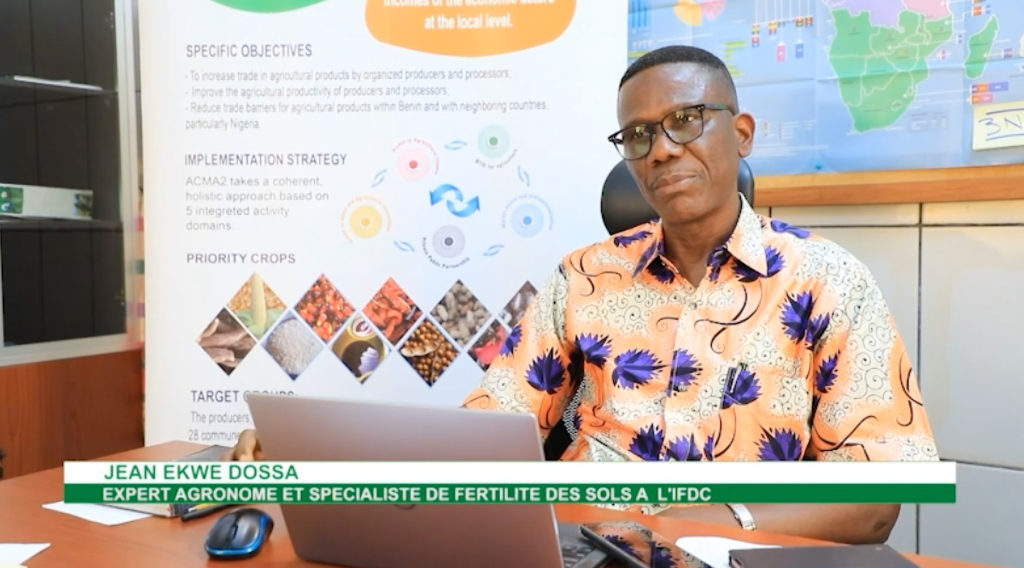
Jean Ekwé Dossa is the Director of Soil Health and Agricultural Productivity at IFDC. He explains how everyone can contribute to soil fertility management to keep the earth healthy.
Introduction
African soils are generally very old soils that have undergone advanced weathering. These soils have been leached of their nutrients by water and heat. So, over time, these soils have become acidic, with a loss of soil organic matter, leading to a poor soil structure. Thus, these soils have a very low production capacity.
In agriculture, soil degradation and inadequate soil fertility management are serious problems. In terms of degradation, it is important here to consider both physical degradation and chemical degradation. Physical degradation is linked to erosion, meaning the loss of soil organic matter due to water and wind. And the soil organic matter contains many of the nutrients. So, its loss results in a substantial loss of the fertility of these soils. Chemical degradation happens when farmers do not return sufficient nutrients to the soil after the harvest. To produce food, the soil needs nutrients. If we produce two tons of corn, it is because the soil had the nutrients required to produce this much corn, and we must return to the soil the nutrients the plant has taken up. Otherwise, in the long run, the soil will become nutrient deficient. And at some point, the soil will no longer be able to support agricultural production.
The current trend involves developing fertilizers that better meet the needs of soils and crops to optimize the response of crops, thereby increasing the return on investment for producers.
In sub-Saharan Africa, soil fertility management must be monitored very closely. Nutrients must be applied to the soil to allow the soil to continue producing. As a general recommendation, nutrients are best supplied when mineral fertilizers are combined with organic amendments. It is the most efficient way to maintain soil fertility over the long term and allow it to continue to support agricultural production.
Soil Organic Matter
Organic matter is a vital component of soil fertility for the multiple roles it plays. It acts as a buffer and facilitates the storage and exchange of nutrients. It also plays an important role in the management of soil water reserves. It also provides the substrate necessary for maintaining fauna and microbial life, which contributes enormously to the nutrient cycling in the soil, allowing the plant to have the essential nutrients it needs to grow.
But organic matter alone cannot address the issue of soil fertility, simply because its nutrient content is generally low. And so, if we relied on organic matter alone, tons of the material would be needed to achieve a sufficient level of agricultural production.
Soil Fertility Management
Similarly, mineral fertilizers alone will not sustain agricultural production. When you use only mineral fertilizers, the physical and chemical properties of the soil will eventually deteriorate. In many cases, this will create acidification, compromise the fertility of the soil, and exacerbate environmental pollution, which will have a direct impact on human and animal health and ultimately jeopardize soil health. In summary, the combination of organic matter and mineral fertilizers results in complementarity and synergy that allow the efficient use of nutrients.
The question is, how we can optimize the use of fertilizers to allow soils to sustainably support agricultural production. And in the context of high fertilizer prices, producers who had already been struggling to use mineral fertilizers are now facing a dilemma, as it has become much more difficult to invest in mineral fertilizers.
But we should not lose hope. More emphasis should be placed on technologies that enhance the efficiency of fertilizer use. Positive results can be achieved with only a small amount of fertilizer. Some technologies will allow you to use little fertilizer and attain quite good yields.
Microdosing, for example, involves placing a small quantity of fertilizer at the base of the plant, thus limiting the loss of nutrients through runoff and leaching. This allows the plant to have access to most of the nutrients in this small dose of fertilizer.
Using Plants to Add Soil Nutrients
Now consider integrating beneficial plants into the cropping system, especially leguminous plants that fix atmospheric nitrogen symbiotically. This allows the associated crop, under good agronomic management, to benefit from the free nitrogen that the legumes make available to the crop and the biomass produced during decomposition.
Other plants can also be used to add nutrients to the soil, such as pigeon pea or tree marigold. In tropical soils, phosphate can exist in the soil in a trapped form, not available to plants. These species, used in short fallow, can mobilize phosphate in the soil and make it available to the next crop through the decomposition of their biomass.
Phosphate Rock
Finally, we must take advantage of our natural resources as well, such as phosphate rock. The intensive application of phosphate rock can replenish the phosphate resources in the soil. The use of organic residues or compost helps release the phosphate contained in the rock, which is not readily available to crops except in very acidic soil conditions. But even in neutral soil conditions, it is important to apply phosphate rock to replenish the initial stock of phosphate, which can be mobilized through farming practices, such as the cultivation of legumes, which emit organic acids that promote the solubilization of phosphate.
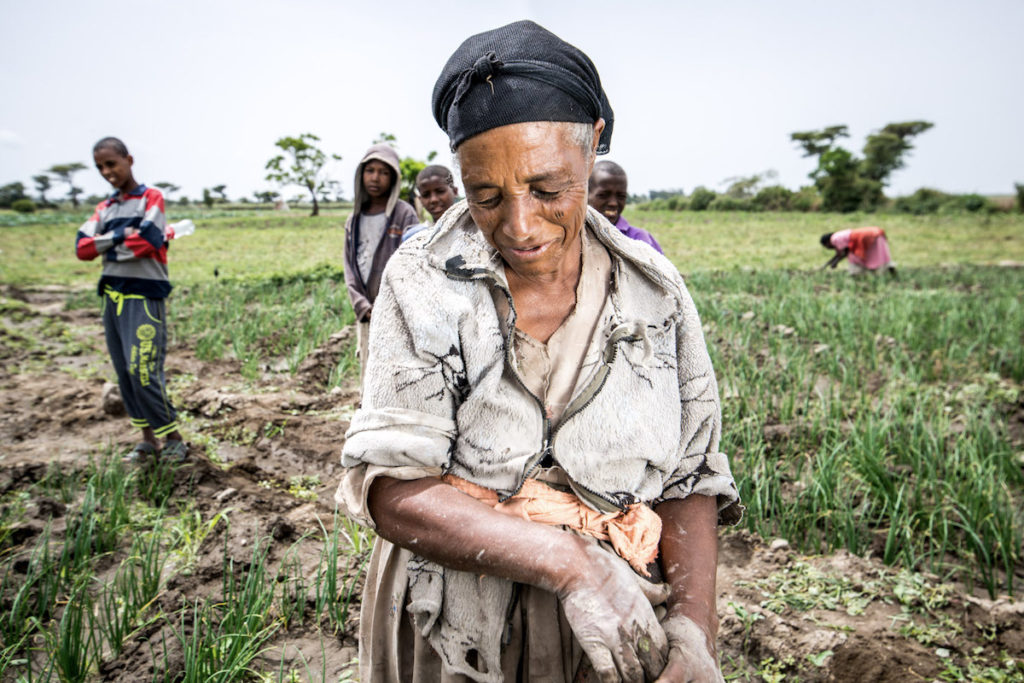
Conclusion
In addition to good fertilizer use practices, the current trend involves developing fertilizers that better meet the needs of soils and crops to optimize the response of crops, thereby increasing the return on investment for producers.
These are avenues we must explore in the current context of high fertilizer prices. We can no longer afford to misuse or abuse fertilizers. These practices will allow us to make progress in terms of food security. All of this must be done in the context of optimizing nutrient use at farm level to restore soil fertility and protect the earth.

